![Gregorio, Guillermo: Degrees Of Iconicity (Hat [now] ART) Gregorio, Guillermo: Degrees Of Iconicity (Hat [now] ART)](https://www.teuthida.com/productImages/hat/134.jpg)
Out of Stock
Quantity in Basket: None
Log In to use our Wish List
Shipping Weight: 3.00 units
Sample The Album:
Guillermo Gregorio-clarinet, saxophone
Carrie Biolo-vibraphone, marimba
Fred Lonberg-Holm-cello, cornet
Michael Cameron-acoustic bass
Kent Kessler-acoustic bass
Click an artist name above to see in-stock items for that artist.
UPC: 752156013426
Label: Hat [now] ART
Catalog ID: Hat [now] ART134
Squidco Product Code: 2702
Format: CD
Condition: New
Released: 2000
Country: Switzerland
Packaging: Cardstock Gatefold Sleeve
Recorded at AirWave Studios, Chicago, IL, February 14, 1999 by Steve Mezger.
"Much more directly than, for example, Webern, Feldman, or Tristano, who have often been cited as influencing my work, I think that the most important elements acting on my music come from the visual arts-more specifically, from the so-called "constructive" tendencies of 20th century art, namely, some varieties of Constructivism and Concrete Art."-Guillermo Gregorio, from the liner notes.
Artist Biographies
• Show Bio for Guillermo Gregorio "Born in Buenos Aires, Argentina, in 1941, American composer and clarinet player Guillermo Gregorio has lived variously in Europe and the United States since 1986. Leading his Chicago-based trio and other ensembles, Gregorio has performed extensively, and his compositions have been recorded on numerous CDs by the Swiss label hatART and the American labels New World Records, Atavistic, and Nuscope, among others. His works have been played by noted New Music ensembles in the USA and Europe, among them Makrokosmos Ensemble (Switzerland) , Ensemble N_ER (EU), International Contemporary Ensemble (USA), Fonema Consort (USA), and the Maverick Ensemble (USA). In addition, as an instrumentalist, Gregorio has worked with many experimental and improvisational groups, including those that recorded the music of Cornelius Cardew, Anthony Braxton, and Philip Corner, among other contemporary composers (see discography for details). As a composer and improviser, Gregorio has collaborated with Fred Lonberg-Holm, Ran Blake, Steffen Schleiermacher, Steve Swell, Jim O'Rourke, Ken Vandermark, Mats Gustaffson, Axel Dörner, Josh Abrams, Jeff Parker, Jason Adasiewicz, Carrie Biolo, George Graewe, Franz Koglmann, Thomas Lehn, Heiner Reinhardt, Le Quan Ninh, Akikazu Nakamura, Ab Baars, Sebi Tramontana, Mary Oliver, Klaus Koch, Gene Coleman, Enrique Gerardi, Paulo Alvares, Vinko Globokar, Makrokosmos Quartet, François Houl, and Stephen Dembski, among others. He participated in the Argentine experimental music scene throughout the 1960s, '70s, and early '80s. His involvement with New Music included both composing and playing clarinet, saxophone and miscellaneous instruments in the Movimiento Música Más (Fluxus Group), the Experimental Group of Buenos Aires, and the Group of Contemporary Music of La Plata, featuring Fluxus events, multi-media spectacles, environmental pieces, and experimental concerts. Some of his earlier work in Argentina is available in the CD Guillermo Gregorio: Otra Música. Tape Music, Fluxus and Free Improvisation in Buenos Aires 1963-70 (Atavistic UMS/ALP209CD). After leaving Buenos Aires Gregorio had the opportunity to experience the European creative music scene of the middle '80s, i.e. the fruitful convergence of Free Jazz and 20th-century music and its interconnections with visual art. The interaction with composers and artists of that milieu constituted an indelible mark in his further explorations. Gregorio-a visual artist himself-has frequently explored the intersection of visual and musical experience. His involvement in visual arts and design is a central influence in his music. In his series entitled "Madi Pieces" and "Coplanars" (1999-2005) Gregorio used Constructivist and geometrically generated ideas in scores ranging from conventionally notated material to graphic systems and open structures. In these compositions, a reinterpretation of the fundamental and structural concepts of Constructivism converges with the historical experiences of Argentinean Conceptualism, Fluxus, intermedia synthesis, and graphic realization. In January 2001, he founded the Madi Ensemble of Chicago, which performed original and historical scores that draw from the conceptual foundation of diverse Argentinean avant-garde currents. His scores related to that period have been exhibited in numerous shows at galleries and institutions, among them the Block Museum of Art (Northwestern University, Evanston, IL), Chelsea Museum of Art (NY), Kettle's Yard Gallery (University of Cambridge, UK), and Elastic, Sound & Vision Gallery (Chicago). Some of Gregorio's works belong to the permanent collections of the MADI Museum and Gallery in Dallas, Texas, and the Centre d'Art Geometrique MADI in Paris. His works have been published in Leonardo, Journal of the International Society for the Arts, Sciences and Technology, Notations 21 (Mark Batty Publisher), Noon Literary Annual, and other specialized publications. His series of pieces entitled "Otra Música" (2005 to the present), composed using conventional notation, focus on history and critical issues as well as syntactic aspects of texts and music. Still maintaining the openness of the works from the former period, the name of the series-"Otra Música"-refers to the title of a monthly column on experimental and avant-garde sounds that Gregorio wrote for a specialized magazine in Buenos Aires during the early '70s. Currently, Gregorio's interests are related to improvisation and "composition in real time" playing clarinet, in addition to the aforementioned compositions. Gregorio has a degree in Architecture, and has worked as a graphic designer. As an educator he taught history and theory of architecture at the University of Buenos Aires, Argentina, and history of industrial design and visual communication at the University of La Plata, Argentina. In the USA he has taught history of 20th-century art and art appreciation at Purdue University North Central, Indiana, sound improvisation at the School of the Art Institute, Chicago, and worked as advisor of Grad Projects in the Sound Department of that School. At the present time Gregorio teaches History of Communication Design at Columbia College, Chicago." ^ Hide Bio for Guillermo Gregorio • Show Bio for Carrie Biolo "Carrie Biolo: Percussion. Percussionist with Wayne Newton. Mom. Yooper. Icelophone designer. Teacher. Pasta maker." ^ Hide Bio for Carrie Biolo • Show Bio for Fred Lonberg-Holm "Fred Lonberg-Holm (born 1962) is an American cellist based in Chicago. He relocated from New York City to Chicago in 1995. Lonberg-Holm is most identified with playing free improvisation and free jazz. He is also a composer of concert works. As a session musician and arranger, he is credited on many rock, pop, and country records. Lonberg-Holm currently leads the Valentine Trio, with Jason Roebke (bass) and Frank Rosaly (drums). This jazz trio performs original compositions as well as tunes by both jazz composers (e.g. Sun Ra) and pop songwriters (e.g. Jeff Tweedy, Syd Barrett). The group released its first album Terminal Valentine, in 2007, which was reviewed by AllAboutJazz critic Nils Jacobson. He coordinates and directs performances of his Lightbox Orchestra, an improvising ensemble with a flexible, ever-changing membership. Lonberg-Holm does not play an instrument in this group, but rather conducts its non-idiomatic improvisations via the "lightbox" and by holding up handwritten signs. The lightbox contains a light bulb for each musician which Lonberg-Holm switches on or off to suggest when they should play. Collective groups of which Lonberg-Holm is a member include Terminal 4 who released an album, in 2003, called When I'm Falling that received four and a half stars, and AMG Album Pick by Allmusic, and it was reviewed by Allmusic's Joslyn Layne, The Boxhead Ensemble, Pillow, the Lonberg-Holm/Kessler/Zerang trio (with Kent Kessler and Michael Zerang), and the Dörner/Lonberg-Holm duo (with Axel Dörner). Among groups led by other people, he is a member of the Vandermark 5, the Joe McPhee Trio, the Peter Brötzmann Chicago Tentet, Keefe Jackson's Fast Citizens, and Ken Vandermark's Territory Band. When he lived in New York, Lonberg-Holm frequently collaborated with the rock group God Is My Co-Pilot pianist and composer Anthony Coleman as well as multi-instrumentalist Paul Duncan of Warm Ghost. In Chicago, he has worked with Jim O'Rourke, Bobby Conn (on "Llovessonngs" [1999] and "The Golden Age" [2001]), The Flying Luttenbachers, Lake Of Dracula, Wilco, Rivulets, Mats Gustafsson, Sten Sandell, Jaap Blonk, John Butcher, and a great many others. Lonberg-Holm's concert works have been premiered by William Winant, Carrie Biolo, the Austin New Music Co-Op, Subtropics Ensemble, Duo Atypica, the Schanzer/Speach Duo, New Winds, Paul Hoskin, Kevin Norton, the E.S.P. Ensemble, and others. His scores for dance have been performed at the Brooklyn Academy of Music and Dance Theater Workshop as well as many other venues. He is a former composition student of Anthony Braxton and Morton Feldman. He performed improvised music in the role of a troubled composer who finds inspiration in the love of a couple he spots on the street in a short film for the Playboy channel." ^ Hide Bio for Fred Lonberg-Holm • Show Bio for Kent Kessler "Kent Kessler (born January 28, 1957 in Crawfordsville, Indiana) is an American jazz double-bassist, best known for his work in the Chicago avant-garde jazz scene. Kessler, born in Crawfordsville, Indiana, grew up on Cape Cod and began playing trombone at age ten. He and his family moved to Chicago when he was 13, and a few years later Kessler became intensely interested in jazz. While attending St. Mary Center for Learning High School, he began taking lessons from Kestutis Stanciauskas (Streetdancer) in electric bass and jazz theory in the middle of the 1970s. In 1977 he formed the ensemble Neutrino Orchestra with percussionist Michael Zerang and guitarists Dan Scanlan and Norbert Funk. He spent three months in Brazil during 1980-81 and spent time studying intermittently at Roosevelt University in Chicago; he and Zerang also formed a group called Musica Menta, which played regularly at Link's Hall. Kessler began playing double bass in the 1980s and it became his primary instrument when he was asked in 1985 to join the NRG Ensemble, who toured Europe and recorded for ECM Records under the leadership of Hal Russell until his death in 1992. In 1991, he gigged with Zerang and guitarist Chris DeChiara; in need of a hornist, they called Ken Vandermark, who had been considering leaving the Chicago scene. Kessler and Vandermark would go on to collaborate extensively on free jazz and improvisational projects such as the Vandermark 5, the DKV Trio and the Steelwool Trio. In the 1990s and afterwards he worked with Chicago musicians such as Hamid Drake, Fred Anderson, and Joe McPhee, and also with European musicians such as Peter Brötzmann, Mats Gustafsson, Misha Mengelberg, and Luc Houtkamp. In 2003, Kessler released a solo album, Bull Fiddle, on Okka Disk. Kessler performs alone on nine of the twelve tracks, and with Michael Zerang on three." ^ Hide Bio for Kent Kessler
1/27/2025
Have a better biography or biography source? Please Contact Us so that we can update this biography.
1/27/2025
Have a better biography or biography source? Please Contact Us so that we can update this biography.
1/27/2025
Have a better biography or biography source? Please Contact Us so that we can update this biography.
1/27/2025
Have a better biography or biography source? Please Contact Us so that we can update this biography.
Track Listing:
1. Trees 5:26
2. First Sketch for "Omaggio a Luigi Nono" 10:41
3. Moholy 2 2:09
4. Construction in Three Parts 11:30
5. Konkretion 3:39
6. Con trabajo 3:13
7. Counter-Composition 10:12
8. Construction in Nine Fields 7:44
9. Moholy 3 2:23
10. Degree of Iconicity 9:27
Hat Art
Compositional Forms
Chicago Jazz & Improvisation
Chamber Jazz
Search for other titles on the label:
Hat [now] ART.
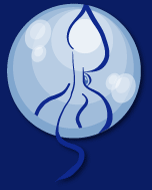

![Gregorio, Guillermo: Degrees Of Iconicity (Hat [now] ART) Gregorio, Guillermo: Degrees Of Iconicity (Hat [now] ART)](https://www.teuthida.com/productImages/full/02702.Full.jpg)


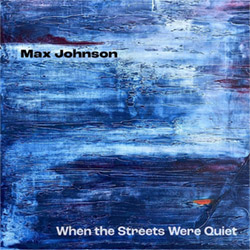
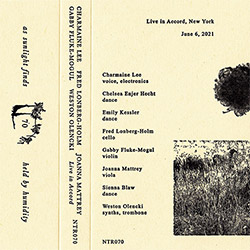

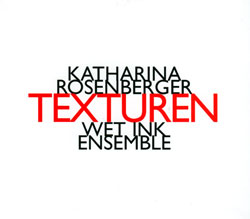
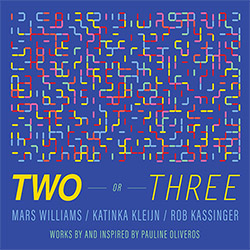
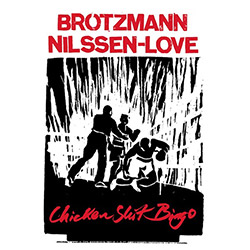

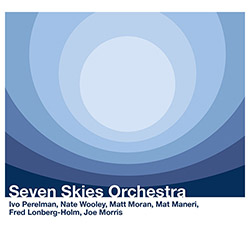
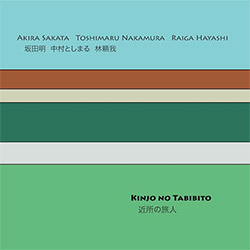


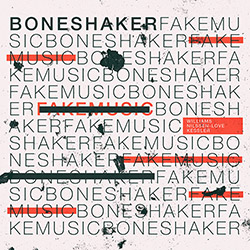
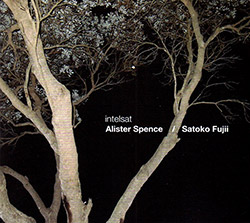
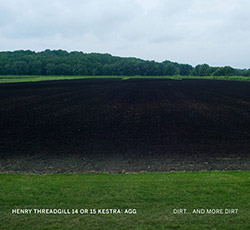












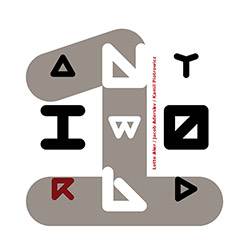
![Tusques, Francois / Sunny Murray 38: Intercommunal Dialogue 1&2 [2LPS w/ DOWNLOAD]](https://www.teuthida.com/productImages/misc4/35475.jpg)
![Birge, Jean-Jacques: Pique-nique Au Labo [2 CDs]](https://www.teuthida.com/productImages/misc4/35596.jpg)

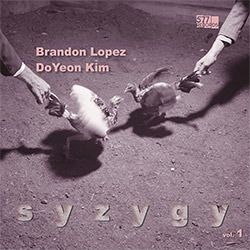
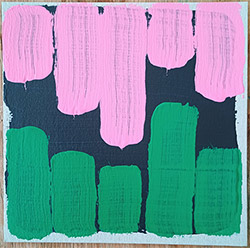

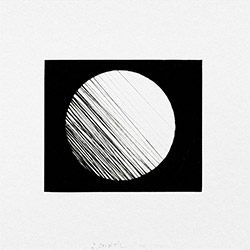

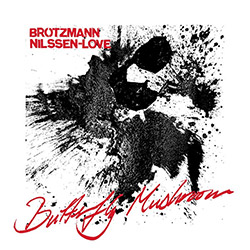
![Brotzmann, Peter / Paal Nilssen-Love: Butterfly Mushroom [VINYL]](https://www.teuthida.com/productImages/misc4/35541.jpg)
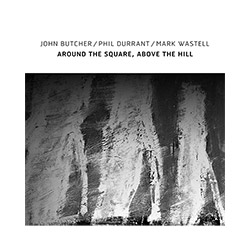
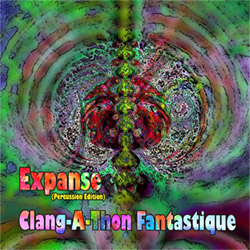
![Allen, Clifford: Singularity Codex: Matthew Shipp On Rogueart [BOOK]](https://www.teuthida.com/productImages/misc4/33454.jpg)


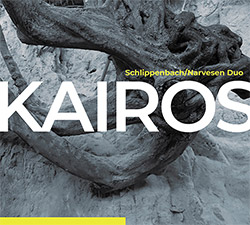

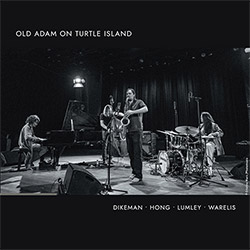
![Sun Ra: Lanquidity (DELUXE EDITION) [VINYL]](https://www.teuthida.com/productImages/misc4/35234.jpg)
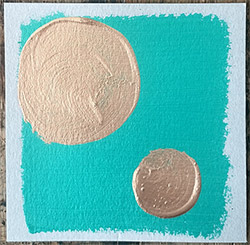
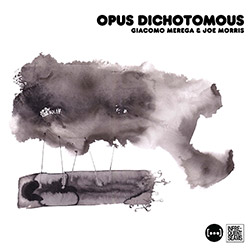
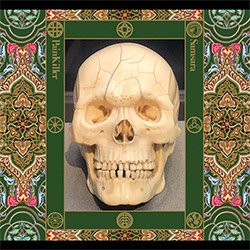
![Sun & Rain (Morgan / Laplante / Smiley / Nazary): Waterfall [VINYL]](https://www.teuthida.com/productImages/misc4/35604.jpg)
![Centazzo, Andrea: Ictus@45 - Out Off Nights [4 CD BOX SET]](https://www.teuthida.com/productImages/misc4/35611.jpg)
![Kaucic, Zlatko (Kaucic / Amado / Dorner / Grom / Guy / Fernandez / Snekkestad): INKLINGS [4 CD BOX SET]](https://www.teuthida.com/productImages/misc4/35614.jpg)
![Fernandez, Agusti feat. Barry Guy, Don Malfon, John Butcher, Jordina Milla, Liudas Mockunas, Lucia Martinez, Torben Snekkestad, Zlatko Kaucic: Agusti Fernandez @70 - Aesthetic Of Prisms. [7 CDs]](https://www.teuthida.com/productImages/misc4/35617.jpg)
![Sarian, Michael / Matthew Putman / Ledian Mola / Federico Ughi: The Sea, The Space, and Egypt, Vol. 1 [VINYL]](https://www.teuthida.com/productImages/misc4/35463.jpg)
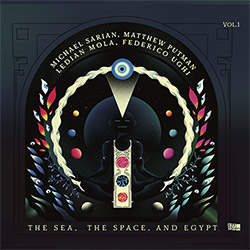
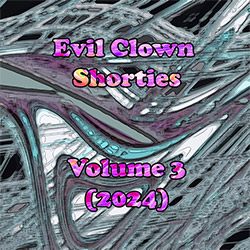
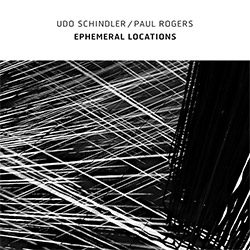
![Berne, Tim (w/ Rainey / Belisle-Chi): Yikes [VINYL]](https://www.teuthida.com/productImages/misc4/35602.jpg)


![Berne, Tim (w/ Tom Rainey / Gregg Belisle-Chi): Yikes Too [2 CDs]](https://www.teuthida.com/productImages/misc4/35601.jpg)

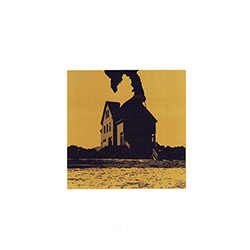
![Brulez les meubles (+ Ingrid Laubrock / Marianne Trudel / Jonathan Huard): FOLIO #5 [VINYL]](https://www.teuthida.com/productImages/misc4/35629.jpg)
![Butcher / Davies / Sanders / Thomas: Unlockings [VINYL]](https://www.teuthida.com/productImages/misc4/35002.jpg)
![Butcher / Davies / Sanders / Thomas: Lower Marsh [VINYL]](https://www.teuthida.com/productImages/misc4/35003.jpg)

![Fagaschinski, Kai / Yan Jun : Graveyard Processions [VINYL w/ DOWNLOAD]](https://www.teuthida.com/productImages/misc4/35474.jpg)
![Brant, Cody / Carl Kruger: Smoke Detail [CASSETTE w/ DOWNLOAD]](https://www.teuthida.com/productImages/misc4/35551.jpg)
![Weirs and Magic Tuber Stringband : The Crozet Tunnel [CASSETTE + DOWNLOAD]](https://www.teuthida.com/productImages/misc4/35570.jpg)
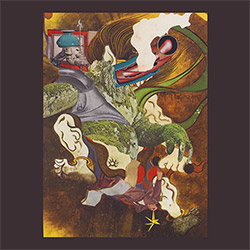
![Abcess Grenk: Erguss Von Licht [CASSETTE w/ DOWNLOAD]](https://www.teuthida.com/productImages/misc4/35560.jpg)

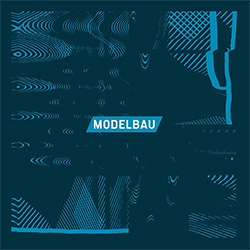
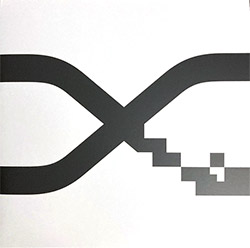
![Alva Noto: Xerrox Vol. 5 [VINYL 2 LPs]](https://www.teuthida.com/productImages/misc4/35359.jpg)
![Weston, Matt: Communism Has Appeared On The Scene [VINYL 2 LPs]](https://www.teuthida.com/productImages/misc4/35546.jpg)

![Jeck, Philip: rpm [2 CDs]](https://www.teuthida.com/productImages/misc4/35455.jpg)
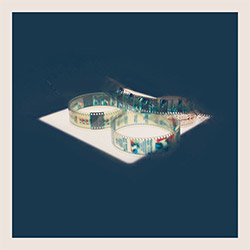

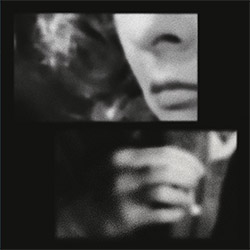

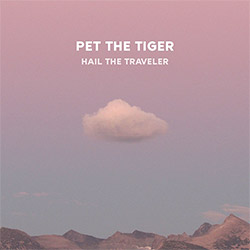
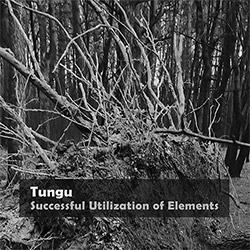
![DNS: Taking Big Bites Of The Khandas Three Cafes Deep [2 CDs]](https://www.teuthida.com/productImages/misc4/35334.jpg)
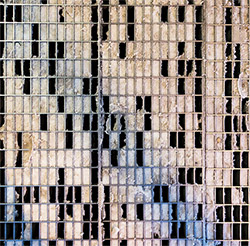
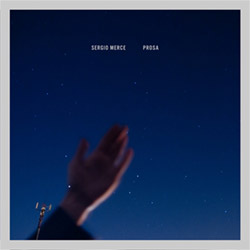
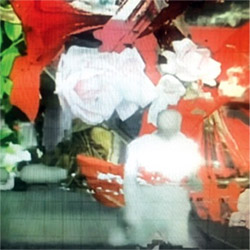
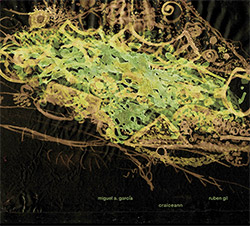
![Cleaver, Gerald: The Process [VINYL]](https://www.teuthida.com/productImages/misc4/34966.jpg)
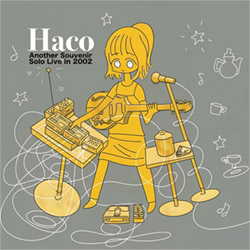
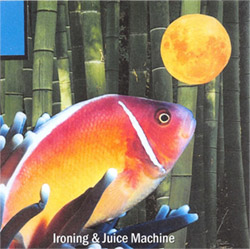


![Lonsdale, Eden: Dawnings [2 CDs]](https://www.teuthida.com/productImages/misc4/35480.jpg)

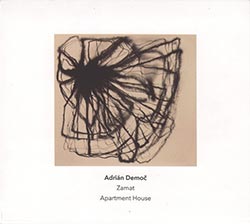
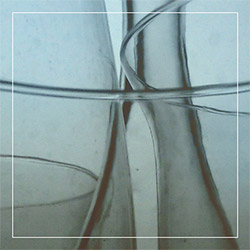
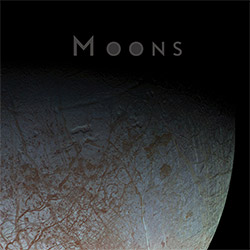
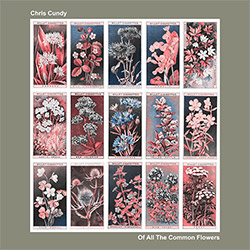
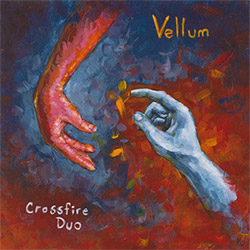

![Sanna, Claudio: Compositori Sardi Contemporanei II [2 CDs]](https://www.teuthida.com/productImages/misc4/35317.jpg)

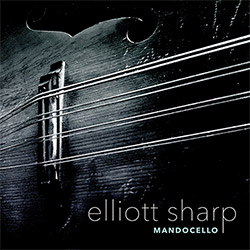

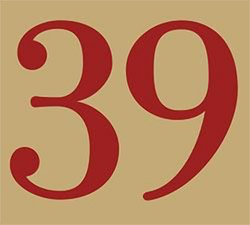

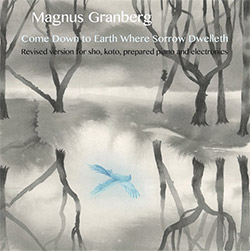
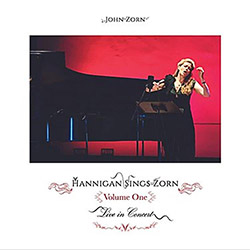
![Zurria, Manuel: Fame di Vento [3 CDs]](https://www.teuthida.com/productImages/misc4/35167.jpg)

![Granberg, Magnus / Nattens Inbrott / Skogen: Holde Traume, Kehret Wieder! [2 CDs]](https://www.teuthida.com/productImages/misc4/35038.jpg)
![Frey, Jurg: Outermost Melodie [2 CDs]](https://www.teuthida.com/productImages/misc4/35039.jpg)
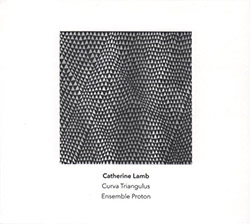
![Pavone, Jessica: Reverse Bloom [VINYL]](https://www.teuthida.com/productImages/misc4/34895.jpg)
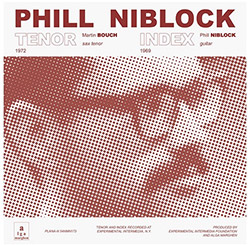
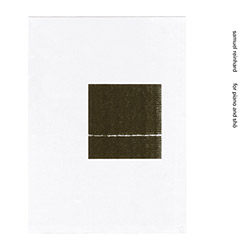
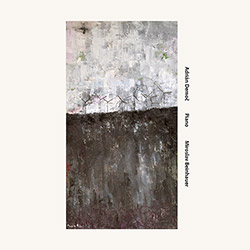

![Modney (Modney / Wooley / Gentile / Roberts / Pluta / Symthe / ...): Ascending Primes [2 CDs]](https://www.teuthida.com/productImages/misc4/34852.jpg)



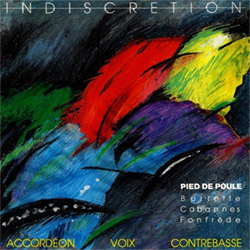

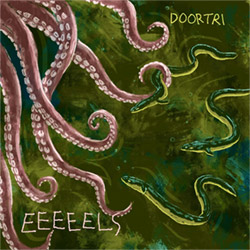
![Elephant9 : Mythical River [VINYL]](https://www.teuthida.com/productImages/misc4/34624.jpg)
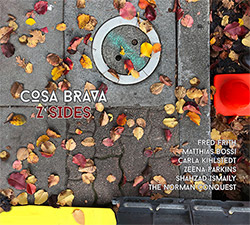

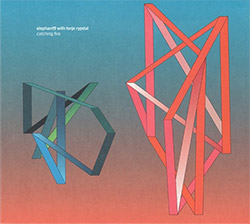
![Elephant9 with Terje Rypdal: Catching Fire [VINYL 2 LPs]](https://www.teuthida.com/productImages/misc4/35355.jpg)
![Deerlady (Obomsawin, Mali / Magdalena Abrego): Greatest Hits [VINYL]](https://www.teuthida.com/productImages/misc4/34876.jpg)

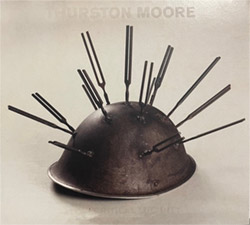
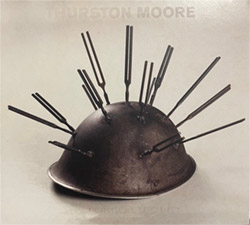
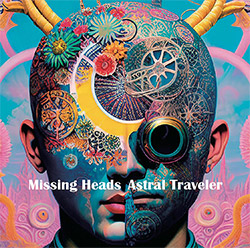
![Haino, Keiji: Black Blues [2 CDs]](https://www.teuthida.com/productImages/misc4/35109.jpg)
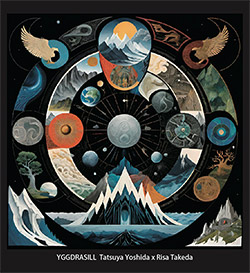
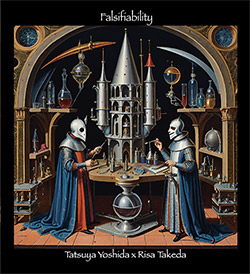
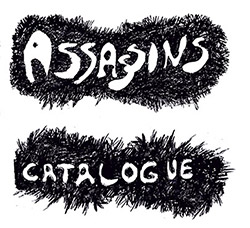
![Surplus 1980: Illusion of Consistency [CD]](https://www.teuthida.com/productImages/misc4/35069.jpg)
![Staiano, Moe: Away Towards the Light [VINYL + DOWNLOAD]](https://www.teuthida.com/productImages/misc4/35037.jpg)
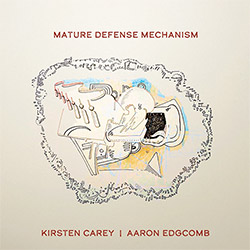
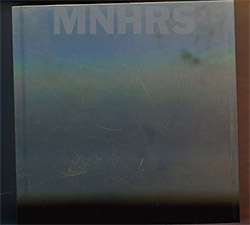

![Caveira (Gomes / Sousa / Abras / Ferrandini): Ficar Vivo [VINYL]](https://www.teuthida.com/productImages/misc4/34643.jpg)
![Gregg, J. J. / David Van Auken: Lunar Prairie [CD w/ DOWNLOAD]](https://www.teuthida.com/productImages/misc4/34611.jpg)
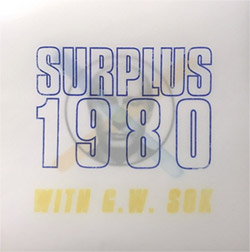
![Coultrain: Mundus [VINYL]](https://www.teuthida.com/productImages/misc4/32439.jpg)
![Mattin: Songbook #6 [VINYL]](https://www.teuthida.com/productImages/misc4/27317.jpg)
![Punkappella: Wake Up [7-inch VINYL]](https://www.teuthida.com/productImages/misc4/17519.jpg)
![Residents, The: WARNING: UNiNC.: Live And Experimental Recordings 1971-1972 [VINYL 2 LPs]](https://www.teuthida.com/productImages/misc4/31521.jpg)
![Coley, Byron: Dating Tips for Touring Bands [VINYL]](https://www.teuthida.com/productImages/misc4/17906.jpg)
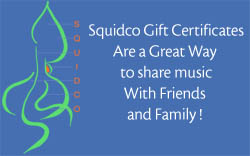
![Lost Kisses: My Life is Sad & Funny [DVD]](https://www.teuthida.com/productImages/misc4/lostKissesDVD.jpg)